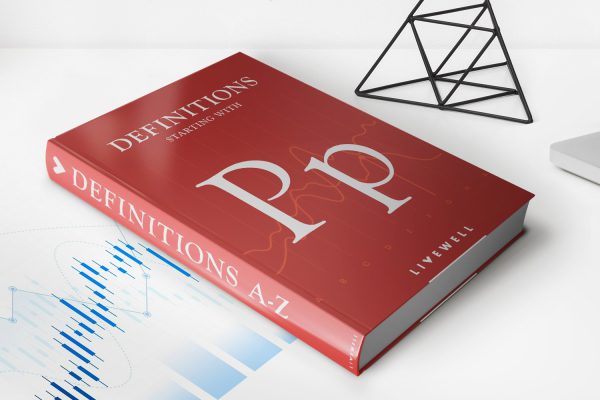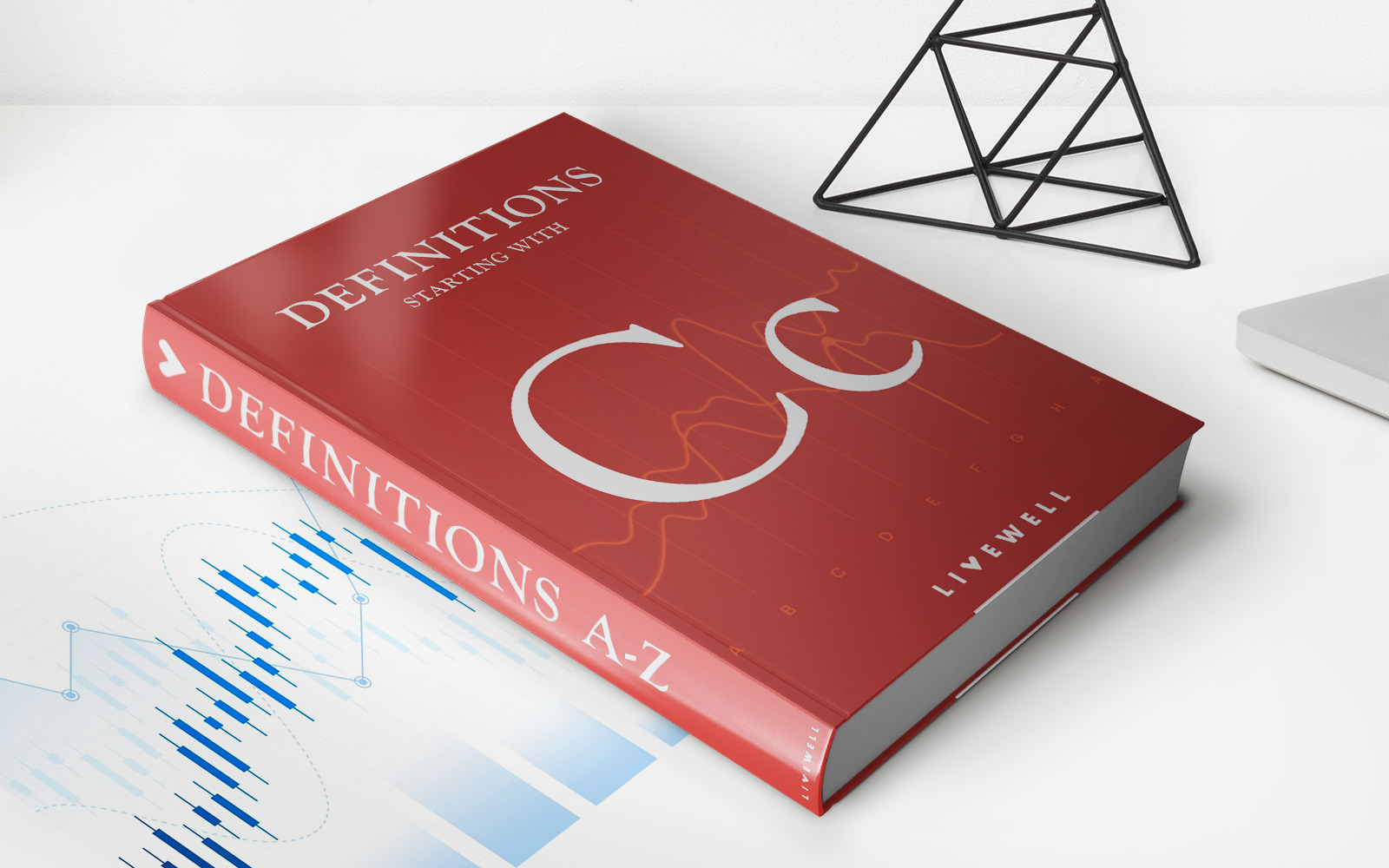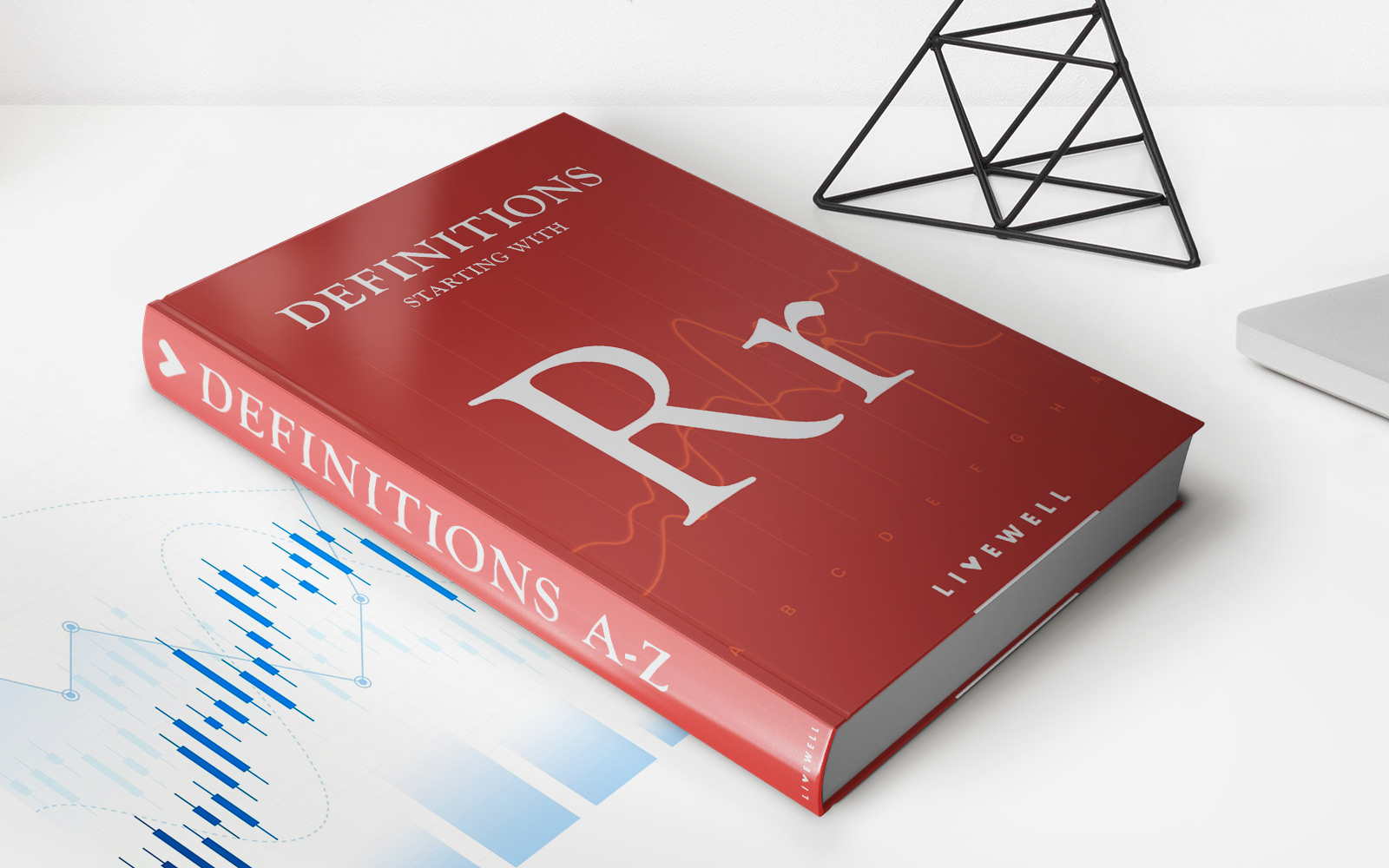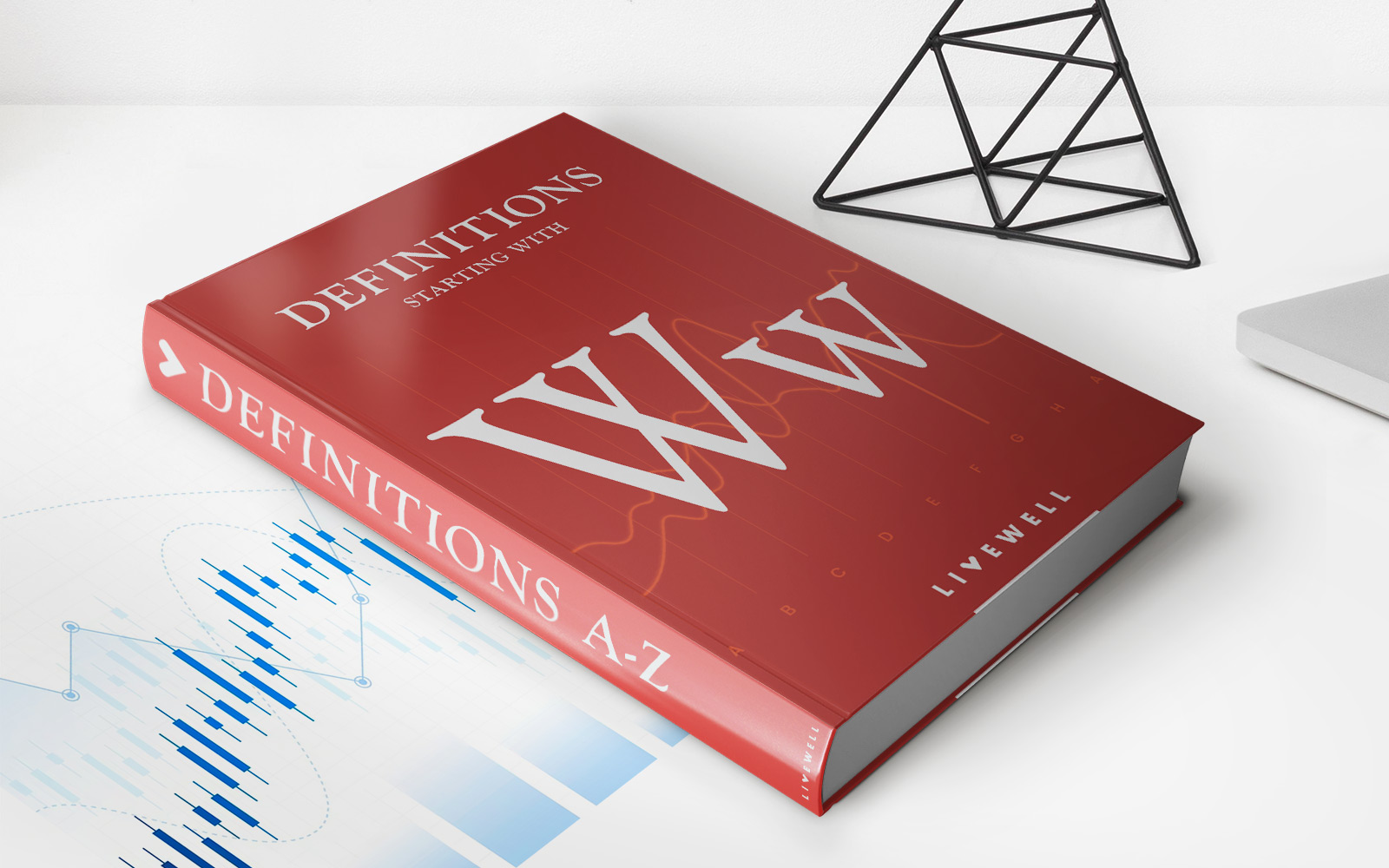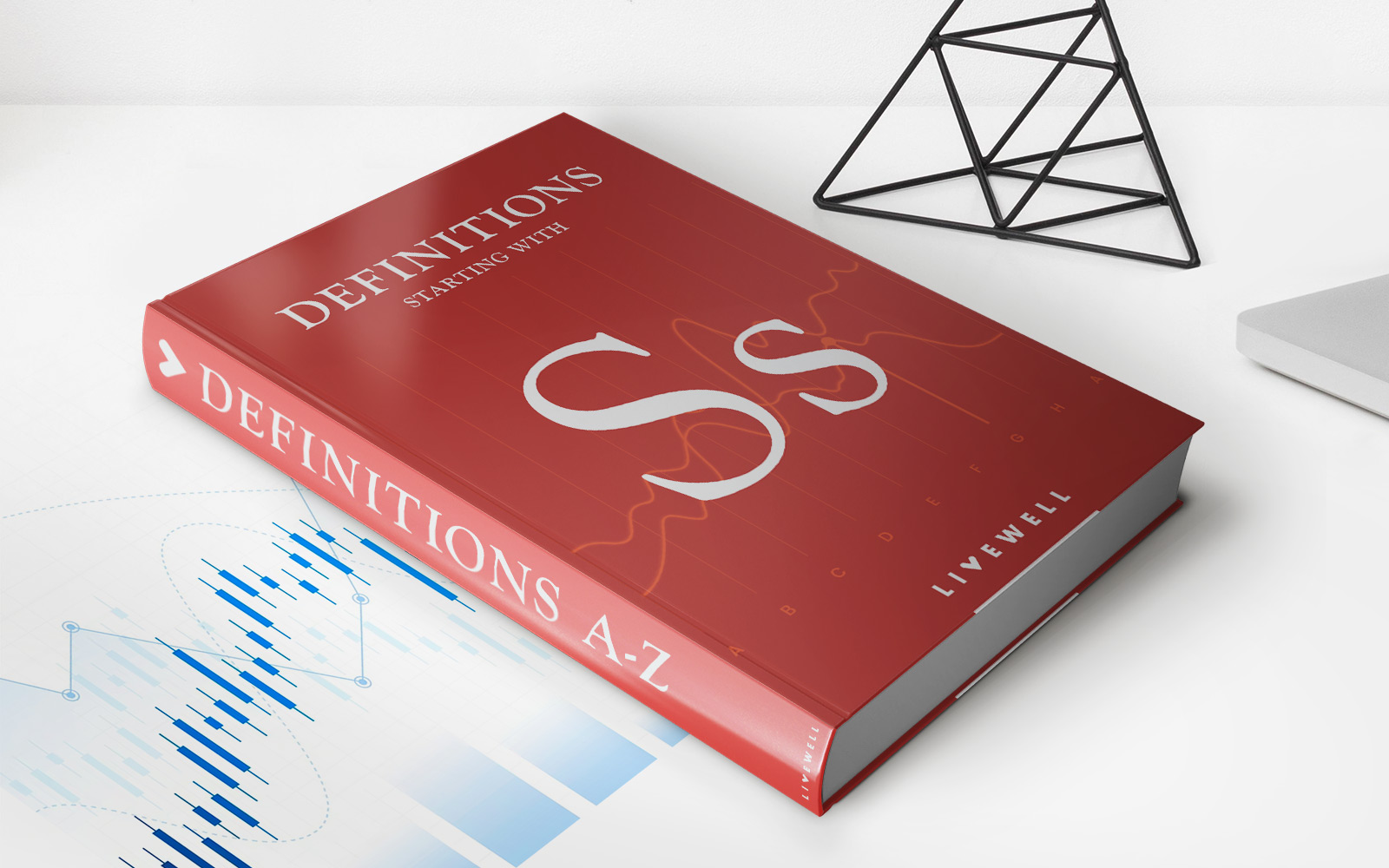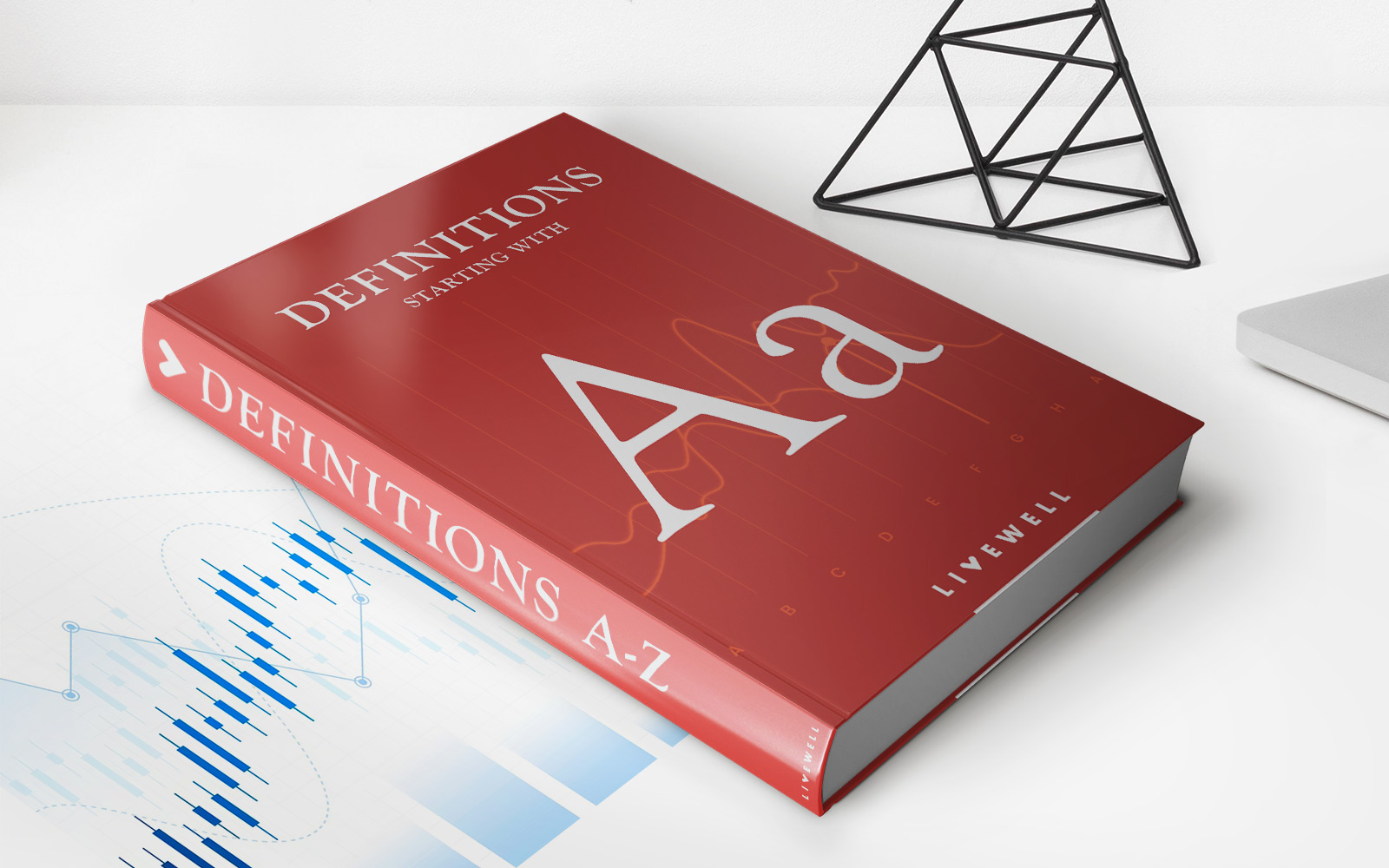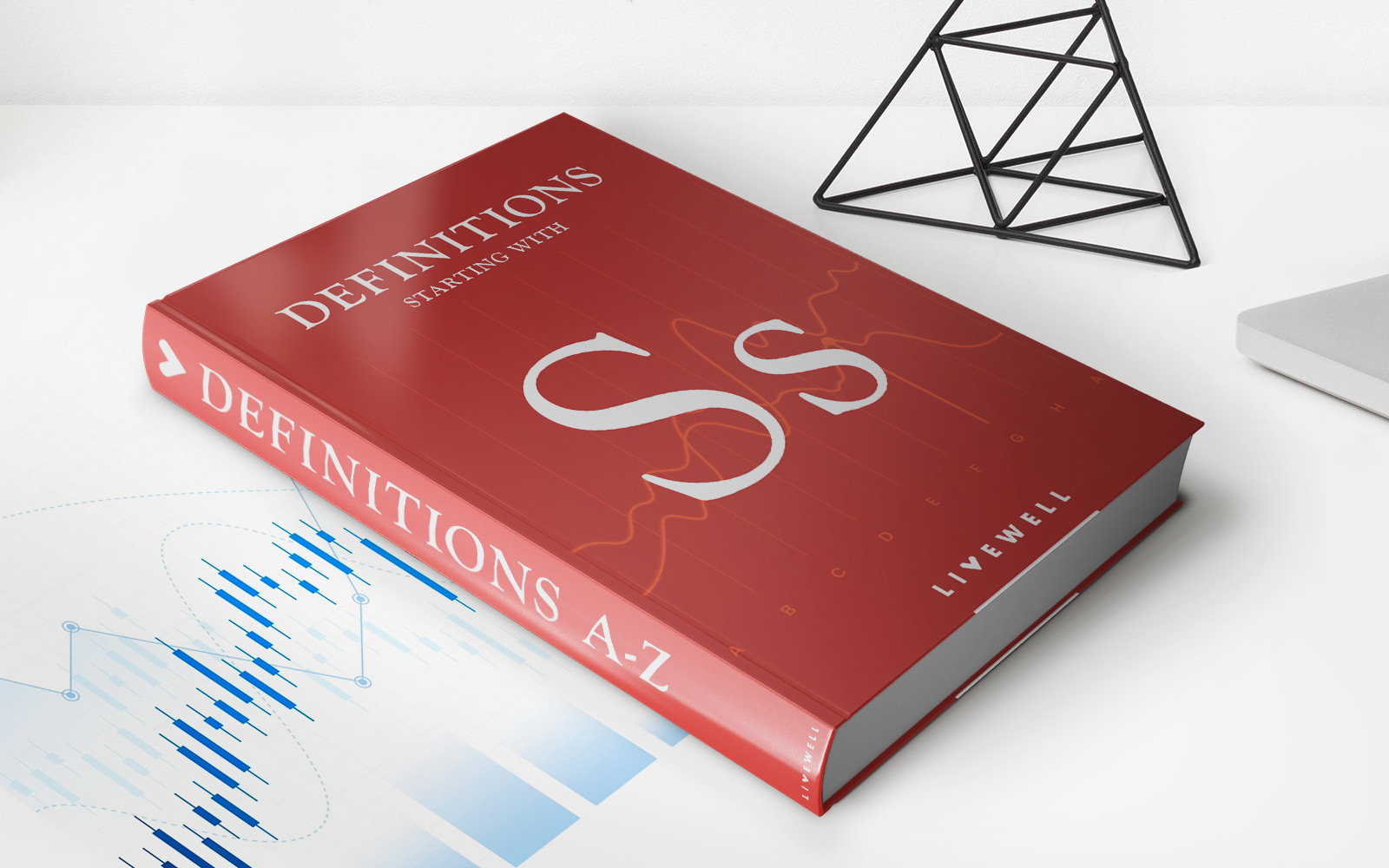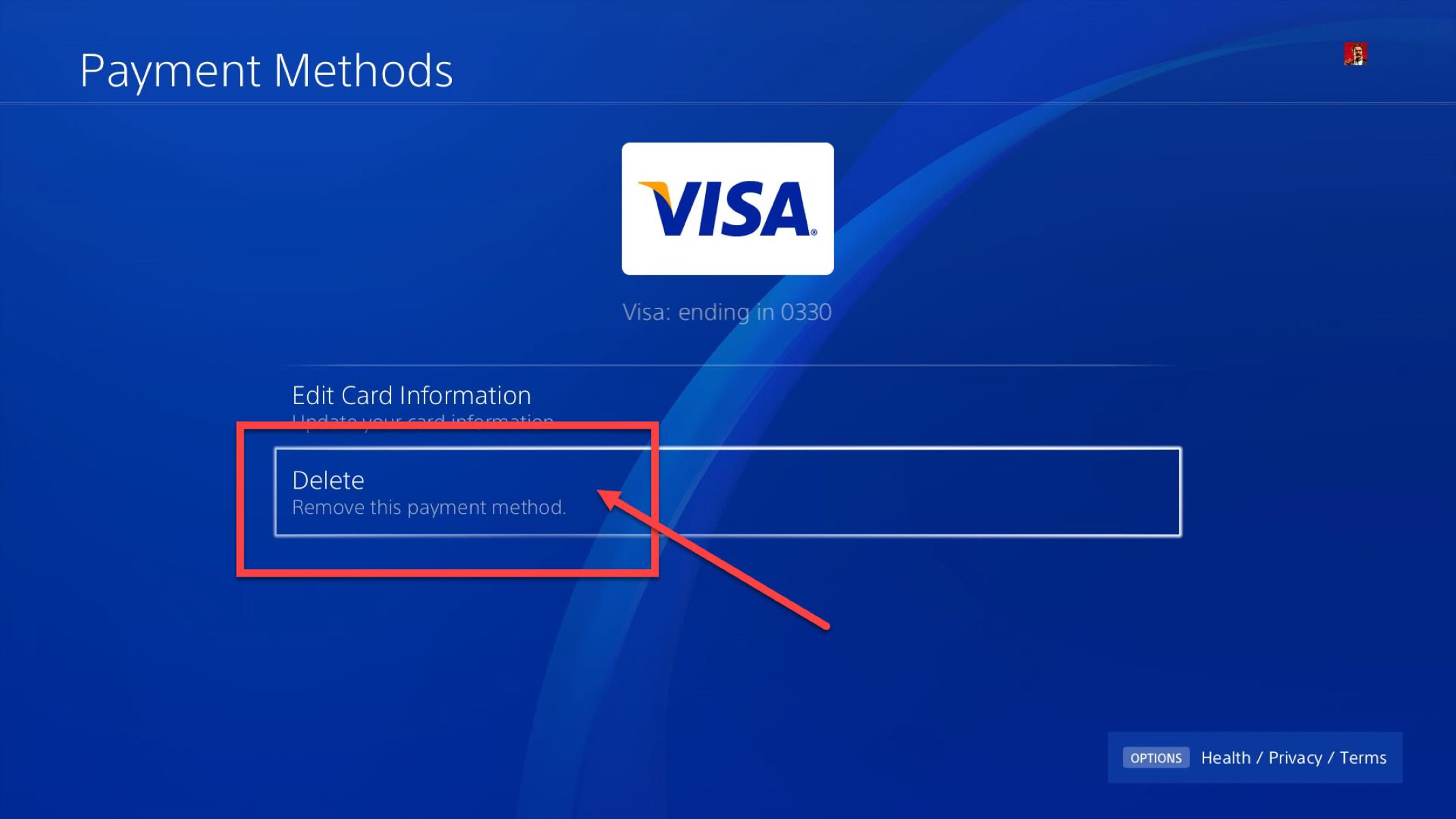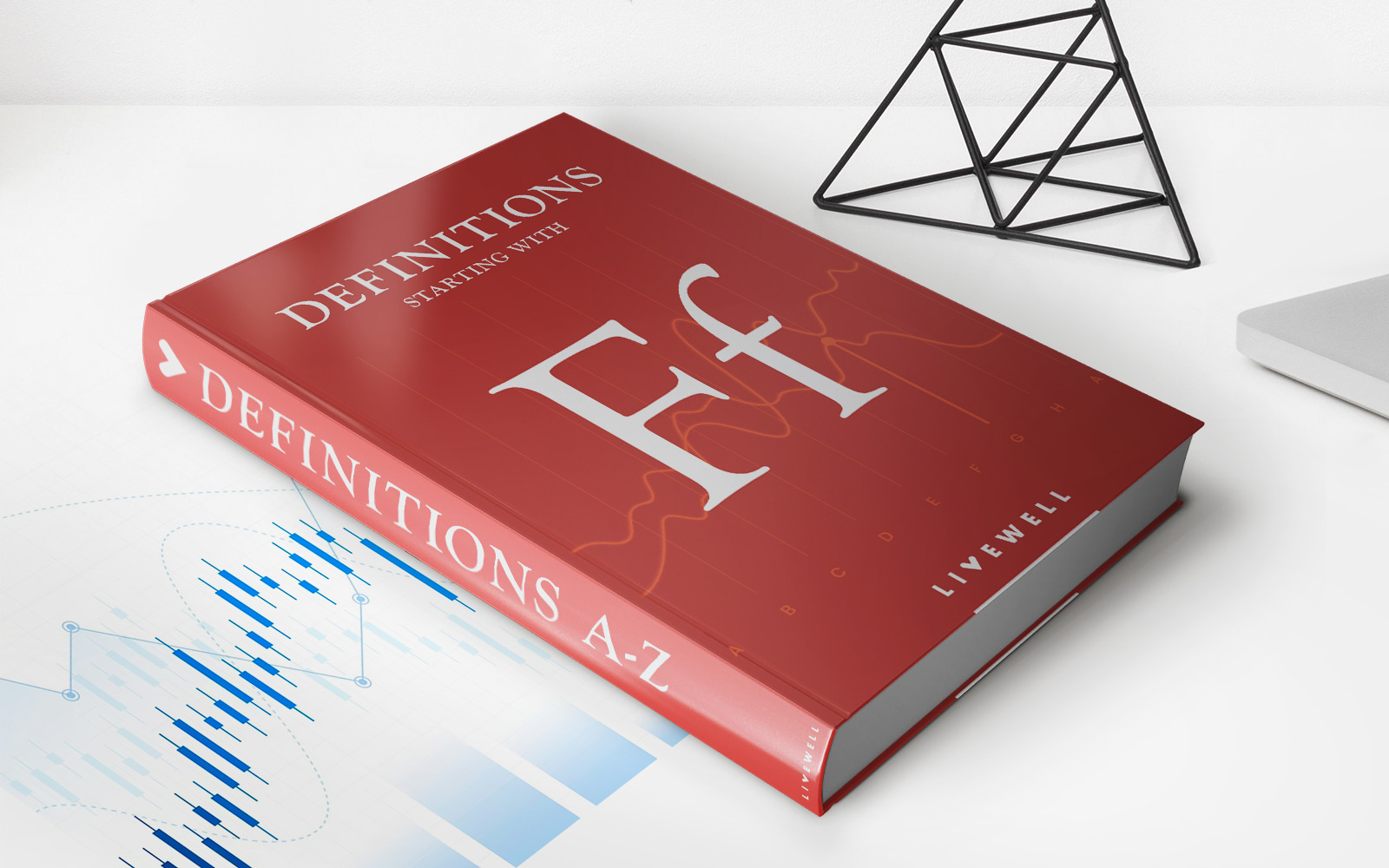Home>Finance>In The Money: Definition, Call & Put Options, And Example
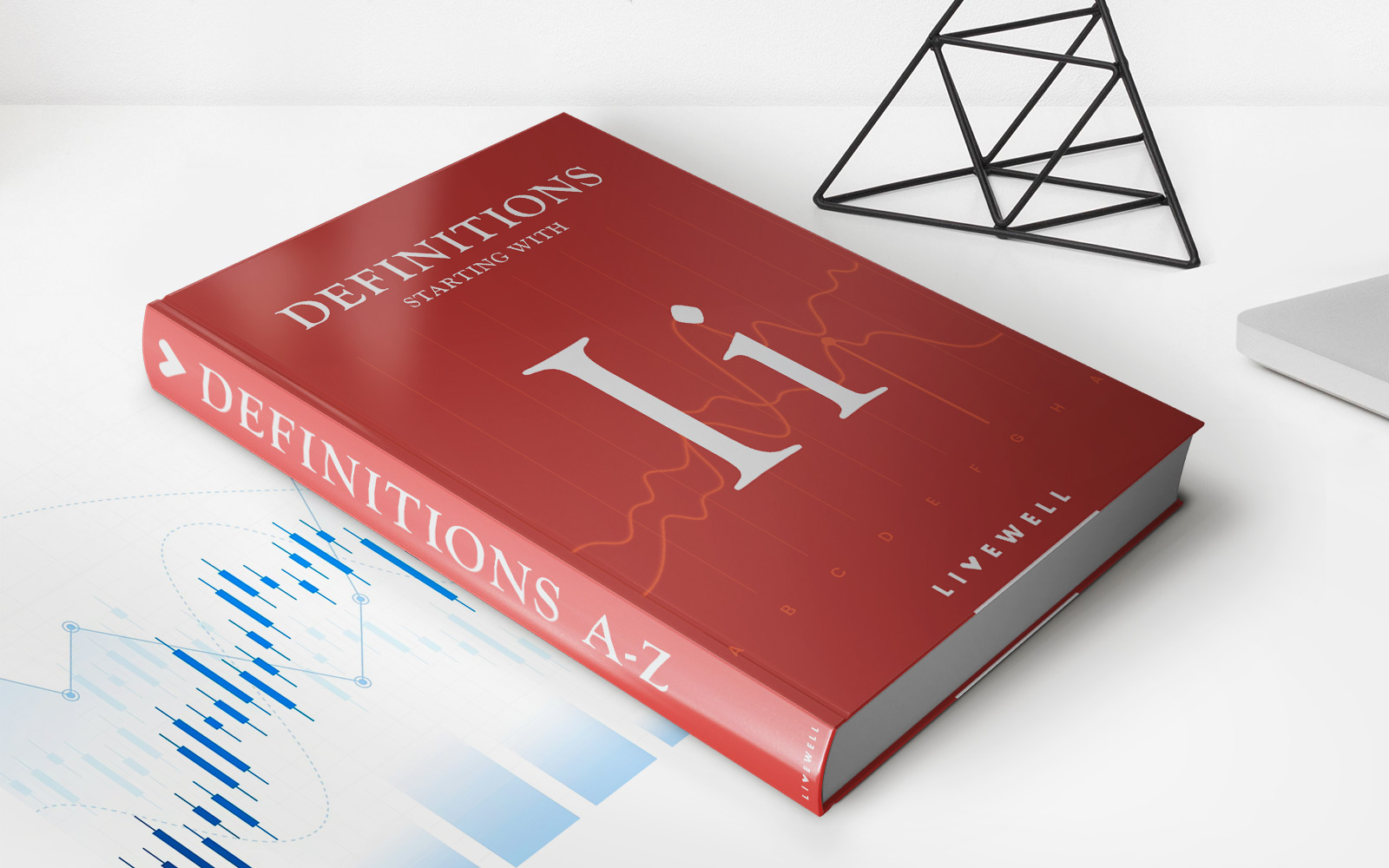

Finance
In The Money: Definition, Call & Put Options, And Example
Published: December 7, 2023
Learn the definition of finance and explore call and put options in this informative guide. Enhance your financial knowledge with real-world examples.
(Many of the links in this article redirect to a specific reviewed product. Your purchase of these products through affiliate links helps to generate commission for LiveWell, at no extra cost. Learn more)
In the Money: Definition, Call & Put Options, and Example
Welcome to our Finance category. Today, we’re diving into the concept of being “in the money” when it comes to options trading. Have you ever wondered what it means to be in the money? Or how call and put options work? In this blog post, we’ll break down the definition of being in the money, explain call and put options, and provide you with an example to help illustrate these concepts. So let’s get started!
Key Takeaways:
- In the money refers to a situation where the current market price of an underlying asset is higher (for call options) or lower (for put options) than the strike price of the options contract.
- Call options give traders the right to buy an underlying asset at a specified price (strike price) within a specific time period. Put options give traders the right to sell an underlying asset at a specified price within a specific time period.
Understanding “In the Money”
Let’s start by defining what it means to be in the money in the context of options trading. When a trader holds an options contract that is considered to be in the money, it means that the current market price of the underlying asset is favorable and could potentially result in a profit if the trader decides to exercise the option.
There are two types of options: call options and put options. Call options give traders the right to buy an underlying asset at a specified price (known as the strike price) within a specific time period. On the other hand, put options give traders the right to sell an underlying asset at a predetermined price within a specific time period.
Now, let’s take a closer look at how call and put options can be considered in the money:
Call Options:
When a call option is in the money, it means that the current market price of the underlying asset is higher than the strike price stated in the options contract. This creates an opportunity for the option holder to buy the asset at a price lower than its current market value, resulting in potential profit.
Put Options:
Conversely, when a put option is in the money, it means that the current market price of the underlying asset is lower than the strike price. In this case, the option holder has the right to sell the asset at a price higher than its current market value, potentially generating profit.
An Example of Being “In the Money”
Let’s say you purchased a call option for XYZ stock with a strike price of $50. The current market price of XYZ stock is $60, making the call option “in the money.” As the option holder, you have the right to buy XYZ stock at the strike price of $50 and immediately sell it on the market for $60, resulting in a $10 profit per share.
Similarly, if you have a put option for XYZ stock with a strike price of $60 and the current market price is $50, the put option would be considered “in the money.” You have the right to sell XYZ stock at the strike price of $60, which is higher than the current market price, allowing you to potentially profit from the price difference.
Conclusion
Being “in the money” in options trading means that the current market price of the underlying asset is favorable and could potentially result in a profit. Call options become in the money when the market price is higher than the strike price, while put options become in the money when the market price is lower than the strike price. Understanding these concepts is crucial for options traders looking to make informed decisions and maximize their potential profits.
We hope this article has provided you with a comprehensive understanding of being “in the money,” call and put options, and how they work. As you continue your journey into the world of finance, remember to always conduct thorough research and seek guidance from professionals before making any investment decisions.
Thank you for reading!
